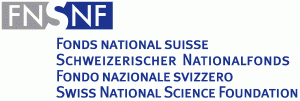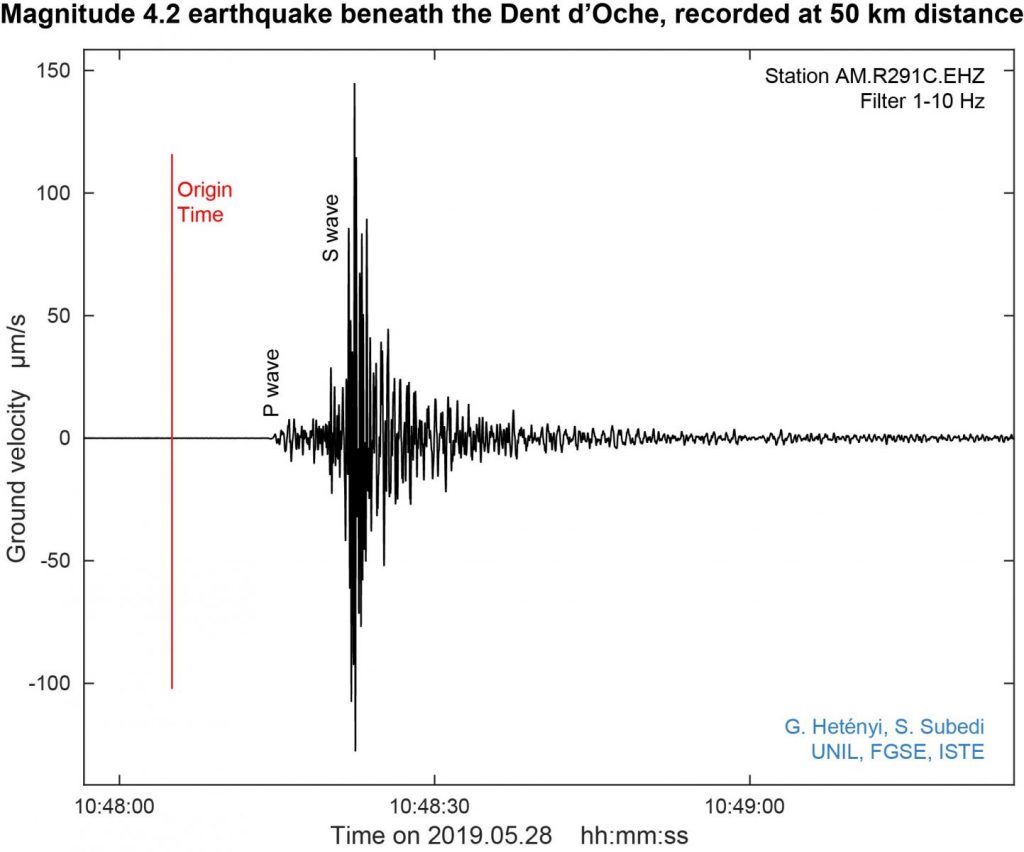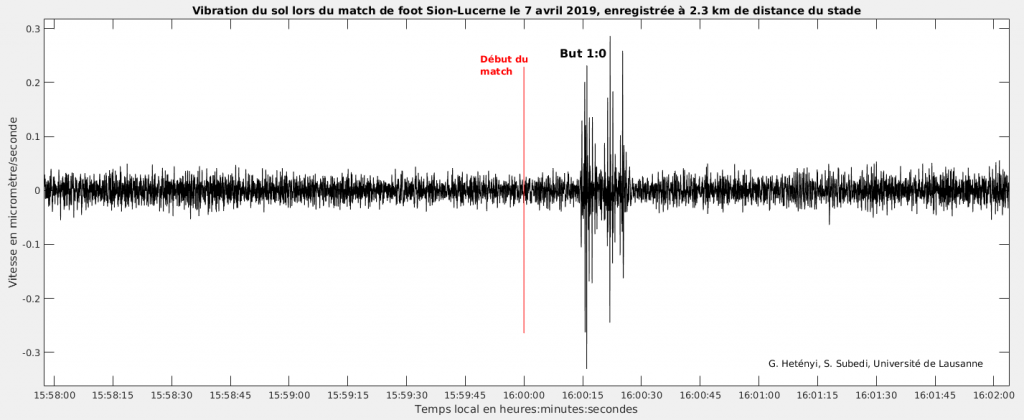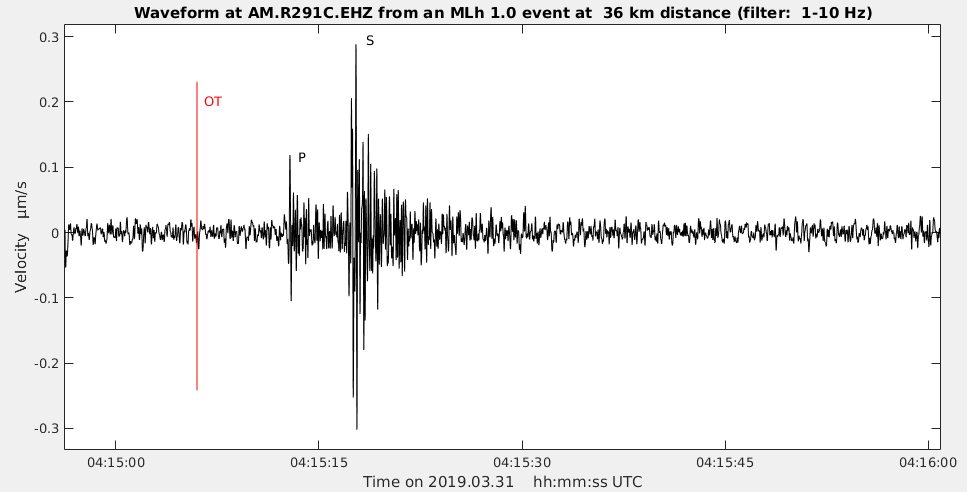L’exposition inAlpe de l’Université de Lausanne vise à disséminer la culture scientifique dans les Alpes vaudoises. Une partie de l’exposition est installée le long des sentiers de randonnées, et accessible par un code QR dans l’application gratuite Cultural Network.
Une thématique traite les tremblements de terre dans les Alpes vaudoises. Vous pouvez la trouver au panneau 6 près de Leysin (co-ordonnées 567703, 133819), ou en scannant le code QR ci-dessous (et puis, dans une représentation moins jolie, ici).




